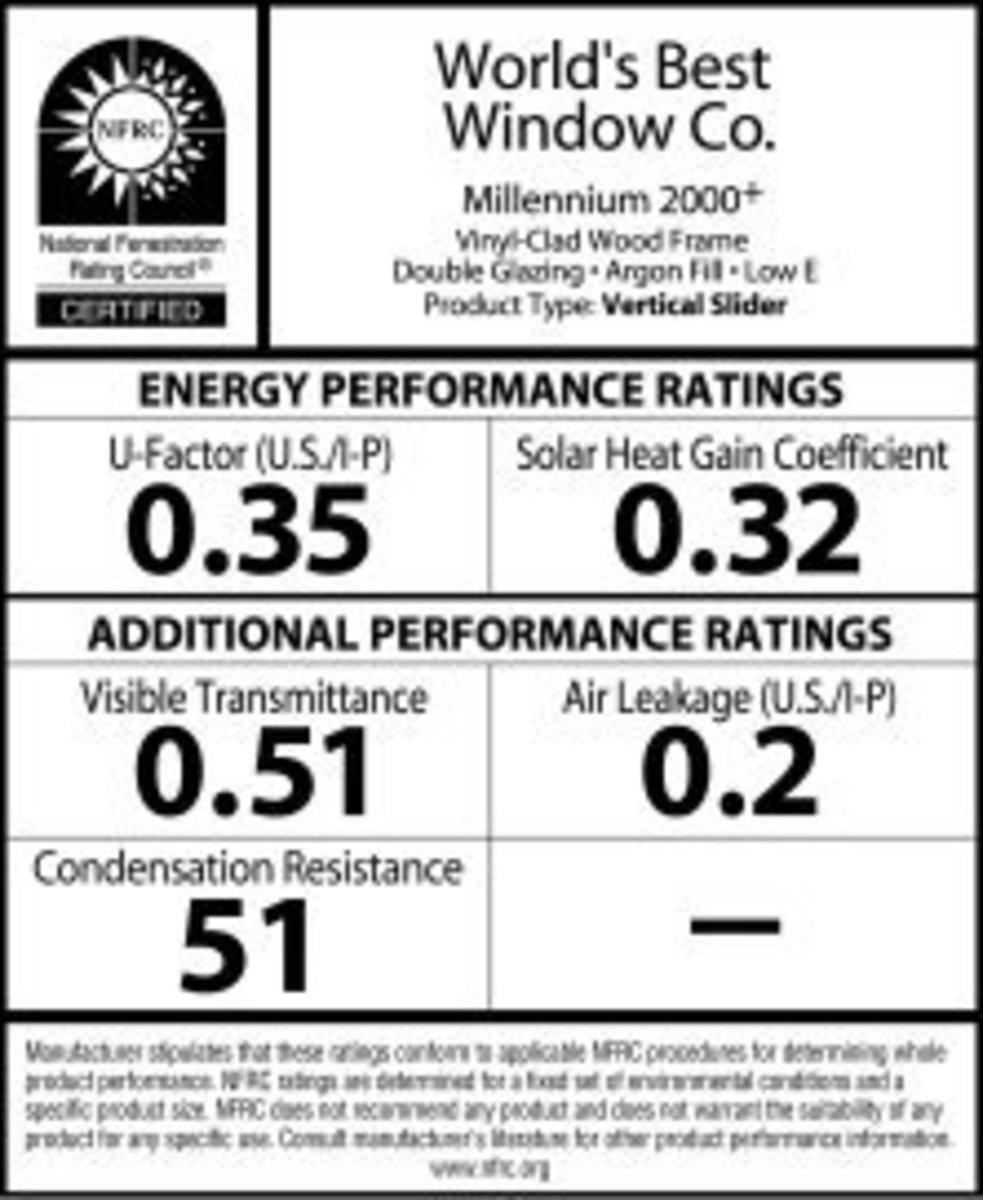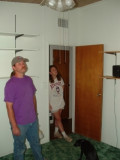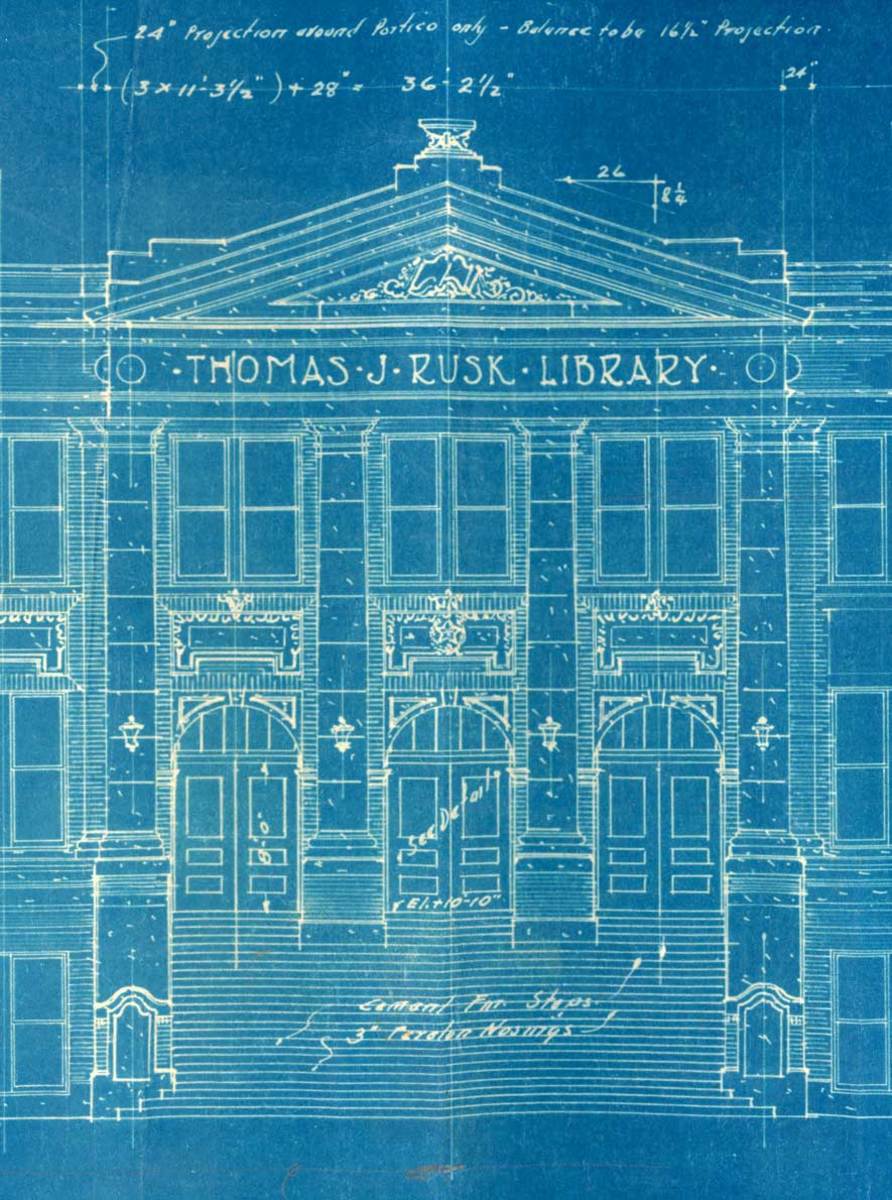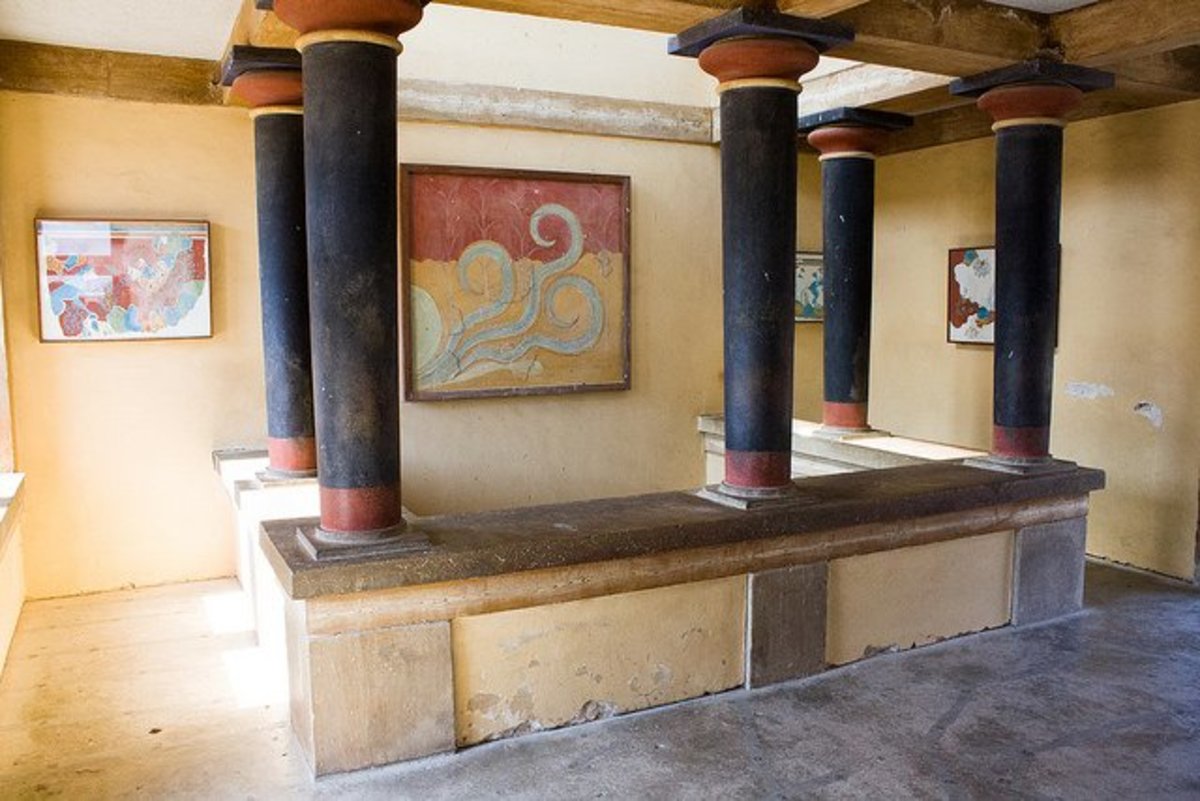Double Glass Walls in Architecture
Designing With Glass
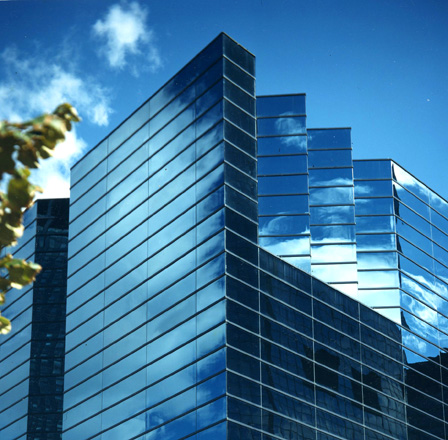
Multiple Layers of Glass
We’ve all heard how important it is to use double-glazed or even triple-glazed windows in our homes and offices to reduce energy demand and improve interior comfort. But how many of us have considered using two complete and separate glass walls? Let this architect show you why and how.
Double glass walls offer significant design advantages in certain types of structures. Often air continuously circulates between the two glass walls, serving as a sort of heat buffer between the exterior and the occupied interior spaces. Such cavities can not only substantially reduce the energy costs of heating and cooling those interior spaces and reduce the incidence of hot and cold zones, but also contribute greatly to indoor air quality by enabling better ventilation, better air filtering, greater introduction of fresh air, and improved control of humidity and odors.
Double glass walls, especially those of great spans or expanses, are typically framed as curtain walls. A ‘curtain wall’ is a wall constructed as if it were a curtain of metal framing and glass, merely supporting its own weight and incident wind loads, but no additional loads from the structure to which it is attached. In certain instances, the inner glass wall may be penetrated by operable windows or louvered areas, such that interior spaces can benefit directly from the air circulation occurring between the glass walls. In other cases, the cavity between the glass walls may expand from a mere channel or cavity to include lobbies, lounges, common areas, or even indoor gardens, adding to the overall design appeal and ambience of the completed facility. And, because double glass walls almost always entail greater introduction of daylighting to interior spaces, they contribute to occupant morale, productivity and health, while reducing energy costs for artificial lighting.
When of somewhat limited area or span, double glass walls may be constructed not as curtain walls but simply of glass alone. In these instances, the glass is first formed in manufacture into a u-shaped channel, having a cross-section similar to the common paper staple. Two of these channels can be nested together, facing one another, much as one sees the staples arranged in a staple box. Channels can also be chained one to another simply by hooking their opposed ‘legs’ together in a chain-like fashion. This means that channels of identical length can be chained and nested together to form a continuous double glass assembly only inches thick, yet fully structural and self-supporting. Such a double glass wall may be less than 3” in thickness, yet capable of spanning 20’ or more unsupported by anything other than a bounding retention frame.
Glass Types
In selecting a double glass wall product, system or assembly, you may need some additional background information on glass itself:
Annealed glass, also often referred to as ‘float’ or plate glass, is simply glass that has been created by the slow cooling or annealing of a liquid layer (which throughout the process has a ‘floating’ surface, and eventually hardens into a ‘plate’ or pane).
Tempered glass is glass that has been ‘tempered’ by heat to become much stronger than (around 3 to 4 times as strong as) annealed glass. Tempered glass meets certain safety standards, and is thus required in a variety of applications by most building codes and ordinances, because, if shattered, it crumbles into many small and relatively harmless glass ‘pebbles’. Tempered glass is typically used for large glass windows, shower doors, bathtub and shower enclosures, handrail balustrades, or anywhere glass may foreseeably be impacted by humans, and so on.
More Glass Types
Wire glass is a traditional safety glass, usually formed of several layers of annealed glass sandwiching a wire mesh. Wire glass has seen greatly declining usage in recent years, as it is not truly safety glass unless a safety film is also employed to keep the jagged shards of any broken layer of annealed glass retained. Wire glass has been substantially replaced by tempered glass in many applications.
Low-e glass is that which has been coated with a microscopic layer of a metallic oxide or metal that reflects infrared radiation that can contribute to heat loss or gain.
Low iron glass is produced with minimal amounts of iron involved, resulting in a very clear and luminous glass, almost colorless, with a faint green tint.
Colored glasses — across the entire spectrum from green to blue to azure to silver to bronze to gold to red, including strong and bright ‘enamel’ colors — can be achieved by means of a wide variety of production methods, colorants, and coatings on one or more glass surfaces. Varied glass surfaces — from pebbled to grooved to rippled to patterned — can be created via sandblasting, etching, cutting and a variety of other fabrication processes.
Glass Terminology & Technology
Many glass manufacturers have gone green, by incorporating up to 40% post-consumer glass waste into their glass production. Up to 20% of additional fabrication or shop waste in glass may also be incorporated back into the new product stream. Any glass supplier you may choose to use can provide his own particular recycled contents data.
A ‘trombe’ wall is one in which a curtain of glass permits incoming solar radiation to strike and heat an inner wall, usually of some dense heat-retaining material such as stone, brick or concrete, to be re-radiated slowly and over time to the interior space. It therefore serves as a sort of ‘heat battery’, allowing the storage of daytime solar heat for later interior use.
The Solar Heat Gain Coefficient (SHGC) of a glass or window assembly is a measure of the percentage of solar radiation striking the glass that actually continues past the glass or window assembly to the interior — thereby constituting solar heat gain into the interior.
More Terminology and Technology
‘R’ and ‘U’ values are the inverse of one another, and measure, respectively, the resistance or non-resistance of any given building material to the passage of heat from one side to the other. Thus high R-value insulation will greatly resist the passage of heat, whereas high U-value windows will greatly allow the passage of heat.
Outside-Inside Transmission Class (OITC) rating is the rating of a given glass or window assembly for its performance in preventing the transmission of sound from outside to inside. Sound Transmission Class (STC) ratings are also used, although more typically for building products within a building’s interior and not necessarily for exterior windows or glass.
Heat treatment, heat soak, and hardening are roughly equivalent terms referring to any additional heating process applied to tempered glass during its fabrication to minimize the later risk of spontaneous breakage due to chemical interactions within the glass.
Glass Standards
Standards for the manufacture and performance of glass and window assemblies can be obtained from several agencies. The American National Standards Institute (ANSI) promulgates minimum standards for a wide range of building materials, assemblies and components. The former American Society for Testing and Materials (now known simply as ASTM) also develops minimum compliance standards for various materials and assemblies used in architectural design and construction. A voluntary membership group established by the glass and window industry, the American Architectural Manufacturers Association (AAMA), maintains standards for the operation and performance of its members’ products. In recent decades, there have also been numerous texts and websites explaining how multiple glass walls can serve designers, architects, builders and building owners.
- Designing Parking Lots
With virtual seas of asphalt seeming to stretch from horizon to horizon, some would say we have sacrificed far too much of our world to the automobile. But the effective design of parking lots is essential to the proper functioning of 21st Century... - Cleveland's Justice Center
The City of Cleveland/Cuyahoga County Justice Center is a substantial development in neo-Brutalist... - Create an Architectural Rendering
Come create this rendering along with me! Ever imagined yourself creating one of those 'artist's conceptions' of a new building, landmark or monument? Well, creating an architectural rendering may not be as difficult as you've imagined. Follow... - Crocker Park, Westlake, Ohio
An impressive lifestyle center with high-end shops, restaurants, bars, offices and apartments. Opened in 2004, Crocker Park in Westlake,... - Cleveland's Key Tower
When this office tower was completed in 1991, it became the nation’s tallest structure between New York and Chicago. Even today, after recent building booms in Hong Kong, China, Dubai and elsewhere, Key Tower remains... - How to Draw (Sketch)
There are those who feel they can't draw a straight line to save their lives. Others think they have no talent for art at all. Well, I'm here to tell you that anyone can draw. Just follow along with me, and you'll be drawing in no... - Nautica Pavilion, Cleveland, Ohio
Situated below the Cleveland skyline, on the western bank of the Cuyahoga River, the Nautica Pavilion offers a unique and enjoyable summer entertainment venue. The Nautica Pavilion was developed as a component of... - Enjoy the Bahamas Junkanoo Festival
Junkanoo is to the Bahamian Islands what Mardi Gras is to New Orleans, and what Carnival is to Rio. A traditional cultural celebration dating back to the time of island slavery, it now culminates in tremendous costume... - Devon Rex Cats
If you happen to be looking for a friendly, affectionate, intelligent, good-tempered and relatively maintenance free cat for a pet, you can't do much better than a... - Green Painting
No, this is not an article about working with all the green hues of paint. - Selecting a Green Appliance
We could all live in a bit greater harmony with the planet if we should choose green appliances in the future. - Sustainability 10: Density
When most people envision a green world, they picture high-tech energy-efficient homes in environmentally sensitive gardens.

